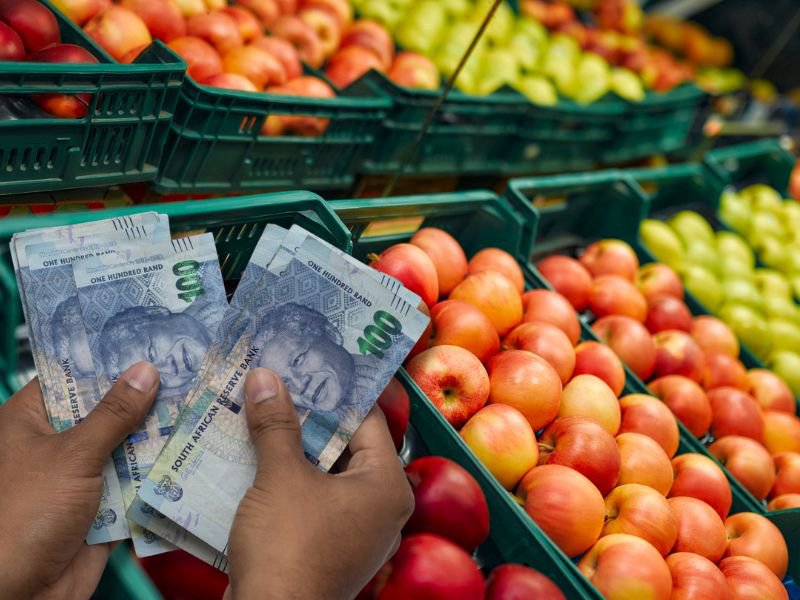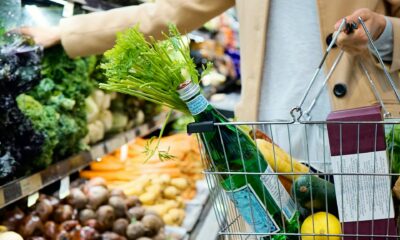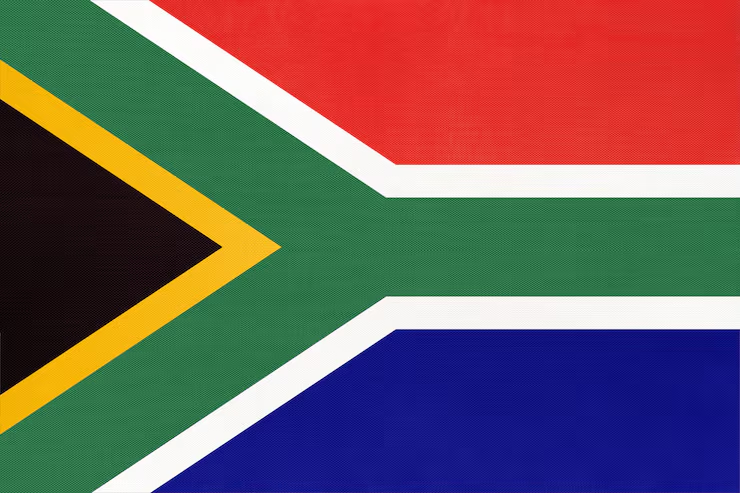Business
From Trolleys to Tight Budgets: What R500 Buys You in 2025 Compared to 2015

Ten years ago, R500 felt like something. Today, it feels like a joke.
If you walked into a supermarket in 2015 with a crisp R500 note, you walked out with a full trolley, maybe even enough for the week. Fast forward to 2025, and that same R500? You’re lucky to walk out with a modest basket of bare essentials. It’s more than just numbers going up; it’s a real-world reflection of how our economy has shifted and how everyday South Africans are bearing the brunt.
The Rise and Fall of R500
Let’s rewind to 2015. Grocery shopping wasn’t exactly cheap, but it was manageable. With R500 in hand, you could grab a decent haul: bread, maize meal, rice, milk, eggs, chicken, fresh produce, cooking oil, and even a bit of mince. That basket would have cost you around R487.
In 2025, that exact same shopping list now rings up to a hefty R691. Same brands. Same quantities. Just a different era. That’s nearly R200 more for the exact same basics.
And that’s not some sensationalised estimate; it’s based on current prices across South African retailers.
What’s Eating Our Money?
There’s no single villain here, but rather a perfect storm:
-
Inflation has consistently eroded the rand’s buying power. We’re talking about an average of 6 to 8% every year for the past decade.
-
Fuel costs keep climbing. More expensive petrol means more expensive food delivery, and those costs trickle straight onto our shelves.
-
Climate change has thrown a spanner into farming and food production. Think droughts, disrupted harvests, and rising input costs.
-
Global crises like COVID-19 and geopolitical unrest have shaken up supply chains and driven up prices.
-
Local issues from power cuts to fertiliser shortages have piled on extra pressure, and consumers are paying for it.
If you plug R500 from 2015 into an inflation calculator, you’d need closer to R900–R1 000 today to match the same value. That alone tells you why your groceries feel lighter but your wallet empties faster.
From Survival Mode to Smart Shopping
But South Africans are nothing if not resourceful. Here’s how people are fighting back:
-
Bulk buying and stockpiling items like maize meal and rice when specials come around.
-
Switching to no-name brands that offer similar quality for far less.
-
Cutting back on meat, opting for beans, lentils, and tinned fish instead.
-
Growing their own veggies wherever space allows, even balconies and backyards are being turned into food gardens.
-
Turning to wholesalers or local grocers over big chains to get more for less.
The food hacks are growing, but so is the gap between income and essential living costs.
Social Reaction: It’s Not Just Your Basket
Online, the sentiment is loud and clear. TikTok, X (Twitter), and community Facebook pages are filled with users lamenting the cost of “one bag of groceries for R600.” Screenshots of tiny till slips with big totals are being shared like war stories. It’s no longer a personal struggle; it’s a shared national frustration.
Comments like “I miss 2015… at least R500 got you something” or “Shopping is now an Olympic sport” reflect how deeply this hits home for the average South African. And while humour helps us cope, it doesn’t put food on the table. More Than Just Groceries
This isn’t just about shopping. It’s about dignity. It’s about raising a family, caring for elders, and feeding a child without having to choose between protein and electricity. The R500 comparison tells a bigger story, one of inflation, inequality, and a country trying to hold it together.
Unless real, tangible economic reforms are made, including food subsidies, inflation controls, and better support for local agriculture, this gap will only widen. And next time we do this comparison in 2035, R500 might not even cover a single meal.
Also read: Mercedes-Benz May Leave SA And It’s Not Just About Cars
Follow Joburg ETC on Facebook, Twitter , TikTok and Instagram
For more News in Johannesburg, visit joburgetc.com
Source: The South African
Featured Image: East Coast Radio


























